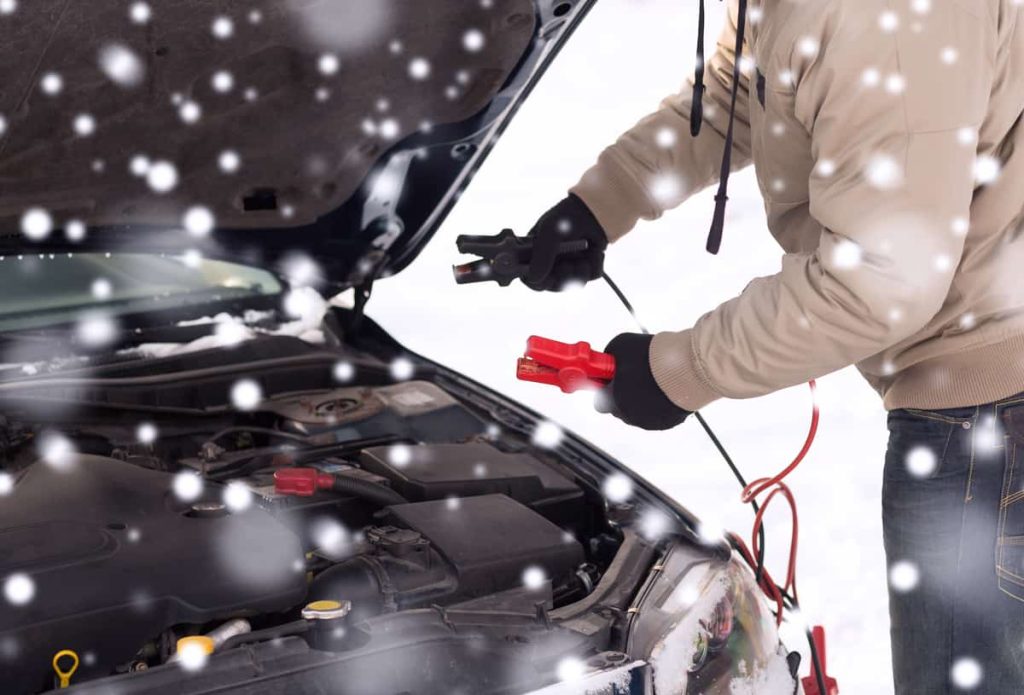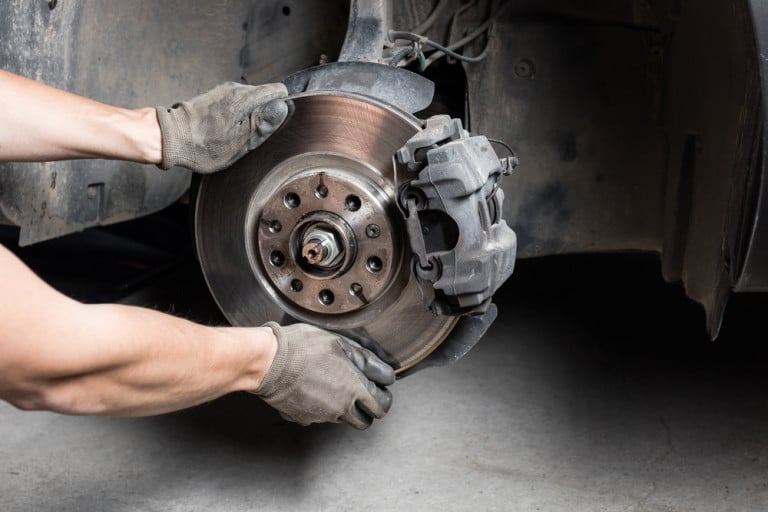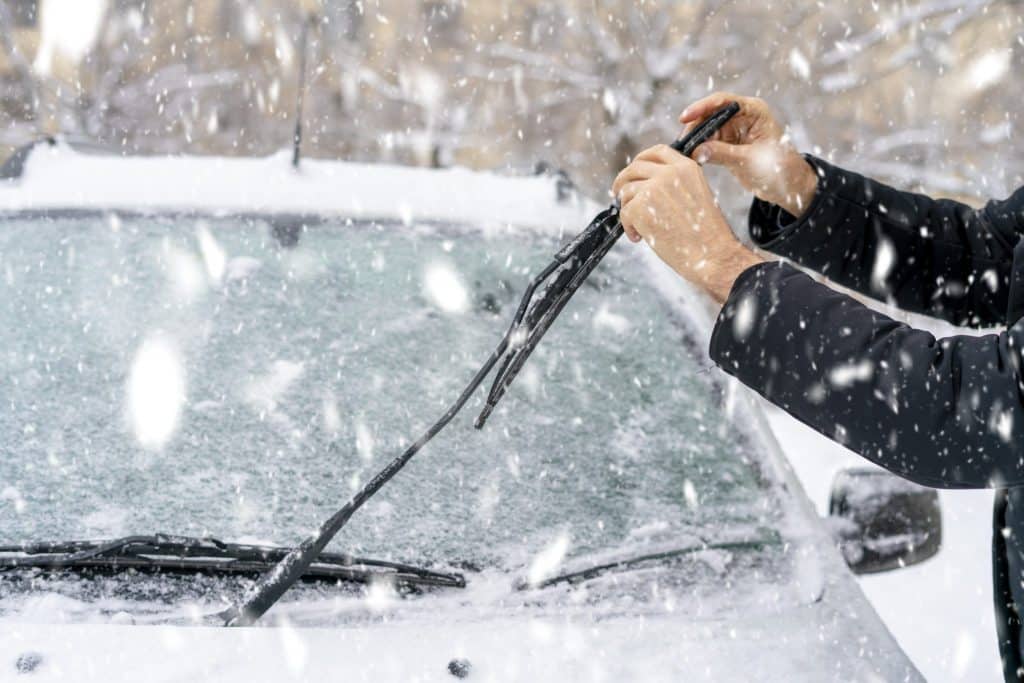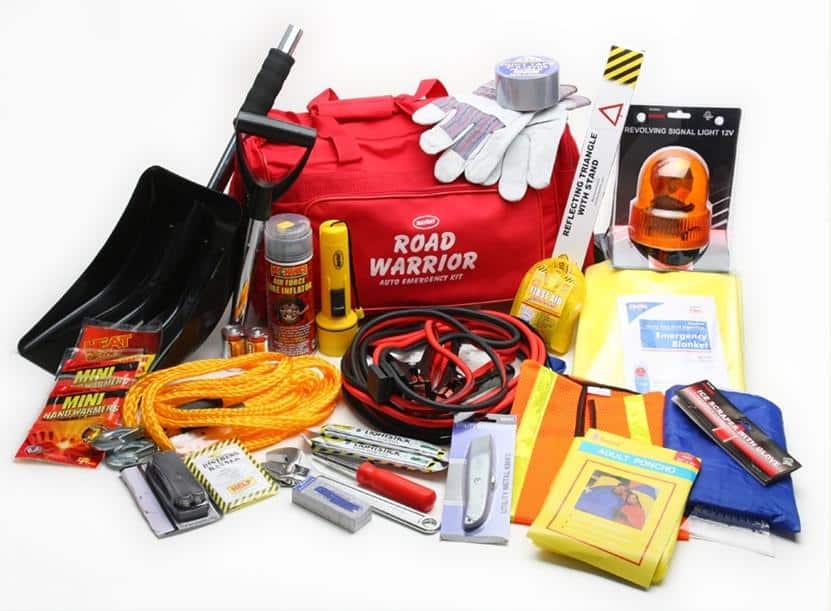With winter on the horizon, ensuring a vehicle is ready to face the frosty challenges ahead is paramount. This preparation is not just about comfort but essential for safety and vehicle performance in harsh weather conditions. From antifreeze to engine oil, and the battery to tire tread, each element requires careful attention. This comprehensive guide will walk through the crucial maintenance tasks to undertake, offering peace of mind when the temperature drops and the roads become unpredictable.
Contents
Checking And Replacing Fluids

The lifeblood of any car in winter is its fluids, particularly antifreeze. The role of antifreeze extends beyond just preventing the engine from freezing; it also plays a critical role in preventing corrosion that can lead to costly repairs. Ensuring that the antifreeze is at the correct level and concentration is vital. This is the time to check for any leaks and to assess whether a full system flush is needed, which is typically recommended every 2 to 3 years.
Switching to winter-grade oil can be a game-changer as the mercury plummets. Engine oil tends to thicken at lower temperatures, which can hinder its ability to lubricate the engine effectively. Winter-grade oils are designed to flow more easily at cold temperatures, ensuring the engine remains healthy. A routine oil change is not just maintenance—it’s a shield against the cold, ensuring that the vehicle starts up and runs smoothly even on the coldest mornings.
Battery Health And Maintenance

Cold temperatures can be brutal on a car’s battery, as the chemical reactions required to generate power are slowed, diminishing battery capacity. It is essential to check the battery’s charge level, looking for signs of wear and ensuring that it holds a charge adequately. Connections should be inspected for corrosion, cleaned, and tightened as necessary to ensure reliable starts. For batteries more than three years old, it’s often wise to have a professional assessment to determine if a replacement is prudent before being caught out in the cold.
An additional step for battery maintenance as winter approaches involves insulation. Some vehicles are equipped with a battery insulation kit, but for those that are not, it could be a worthwhile investment. This insulation helps maintain battery temperature, reducing the strain on it during cold starts. It is also important to keep the battery clean, as dirt and grease can contribute to power drain. Simple preventative measures can save a great deal of trouble when facing the winter chill.
Tire Inspection And Care

Tire maintenance becomes increasingly critical as road conditions worsen in winter. The tread depth of a tire is what provides the necessary traction to navigate slick, icy roads safely. Drivers should check their tire tread depth regularly, as worn tires can significantly compromise the vehicle’s grip and handling. If the tread depth is below 4/32 of an inch, it is time to consider replacing the tires. The penny test is a quick and easy way to assess tread depth—simply insert a penny into the tread with Lincoln’s head down; if the top of the head is visible, the tire needs replacing.
For those residing in areas that experience severe winter conditions, investing in a set of winter tires can provide an added layer of safety. Winter tires are constructed with a softer rubber compound and unique tread designs that provide superior traction in snow and ice. While all-season tires can perform adequately in various conditions, they may not always offer the grip and braking distance needed in harsh winter weather. Planning a tire changeover before the first snowfall can ensure safer and more confident driving all season long.
Brakes Check

Fully functional brakes are essential, but they become even more critical during winter when stopping distances can increase due to icy conditions. Before the onset of winter, it is advisable to have the braking system thoroughly inspected by a professional. They will check for the wear of pads, the condition of discs, and the level and quality of brake fluid. Any component showing signs of excessive wear or damage should be replaced promptly. Even a small amount of brake fade or a drop in performance can have significant consequences on slippery winter roads.
A vehicle’s brake system may exhibit various warning signs that maintenance is needed. Strange noises such as grinding or squeaking, a spongy feeling when the brake pedal is depressed, or the vehicle pulling to one side during braking are clear indicators that a check-up is due. It’s also worth considering the condition of the brake fluid, which absorbs moisture over time and can lead to a decrease in braking efficiency. It’s typically recommended that brake fluid be replaced every two years, but this interval can be shorter if the vehicle is frequently used in harsh conditions.
Windshield And Wiper Maintenance

Visibility is compromised during winter due to snow, sleet, and spray from other vehicles, making it vital to maintain the windshield and wipers. A clear view of the road is non-negotiable, so checking for any chips or cracks in the windshield before winter is crucial, as these can worsen with the stress of temperature fluctuations. Wiper blades that streak or don’t clear the windshield effectively should be replaced, preferably with heavy-duty winter wipers that are better equipped to handle ice and snow buildup.
Additionally, the washer fluid reservoir should be filled with a freeze-resistant wiper fluid to ensure it can function in freezing temperatures. Traditional wiper fluids can freeze, not only rendering them useless but also potentially damaging the system. It’s also worth carrying an extra jug of winter wiper fluid in the vehicle because usage can increase significantly during winter months. Regularly check the functionality of the defroster as well, as this plays a key role in maintaining visibility by preventing the windshield from fogging up.
Lights And Electrical System

As daylight hours become scarce in winter, ensuring all vehicle lights are operational is crucial for both visibility and to be seen by others. Every light, from headlights and taillights to brake lights and indicators, needs to be checked for functionality and clarity. Clouded or yellowed headlight covers can dramatically reduce the effectiveness of headlights and should be cleaned or restored. It may also be beneficial to consider upgrading to bulbs that offer better visibility if current bulbs are aging or underperforming.
The electrical system bears a heavier burden during the colder months, powering the vehicle’s heating system, lights, and more. Therefore, it’s important to ensure that the alternator and starter are in good working order. These components can be tested at most auto parts stores or by a mechanic. Keeping terminals clean and free from corrosion will help maintain the efficiency of the electrical system. For added reassurance, carrying jumper cables or a portable jump starter can save the day if the vehicle struggles to start.
Emergency Kit And Winter Supplies

An emergency kit tailored for winter conditions is a must-have in any vehicle. This kit should include items such as a shovel, ice scraper, sand or kitty litter for traction, and a blanket. It’s also smart to include a flashlight, a first-aid kit, a portable battery charger for electronic devices, and some high-energy snacks. Ensuring these items are in the vehicle before winter sets in can be a lifesaver in the event of becoming stranded or facing an unexpected breakdown.
In addition to a standard emergency kit, there are other supplies that can be of great use in winter. These include extra clothing, particularly gloves and hats, water-resistant boots, and a warm coat. Keeping a supply of water and non-perishable food items can also be crucial if stuck in a situation waiting for help in cold conditions. It’s also recommended to keep the fuel tank at least half full to prevent fuel line freeze and to ensure that there’s enough gas to run the engine for warmth during prolonged stops.
The Bottom Line
As temperatures drop, proactive vehicle maintenance is crucial for safe and reliable transportation. By conducting thorough checks and replacements of fluids, ensuring the battery and brakes are in top condition, maintaining clear visibility, and preparing for emergencies, drivers can confidently face winter’s challenges. Starting early allows for addressing any issues without the rush and anxiety that comes with the first snowfall. Ultimately, these maintenance steps are investments in both the longevity of the vehicle and the safety of its passengers, making them indispensable as winter approaches.


